HISTORY OF THE BIOLOGY OF BUTTERFLIES CONFERENCES
The following text is taken from:
Wahlberg, N., F. Sperling, and R. I. Vane-Wright. 2013. The Biology of Butterflies: the history and future of an international symposium. Antenna, 37(3):129–133.
The origin of the international meetings on butterfly biology can be traced back, informally at least, to a speculative visit to the Department of Entomology of the then British Museum (Natural History) by the late Professor Dietrich Schneider. Schneider, one of the great pioneers of insect pheromone biology and codiscoverer of bombykol, was in London during spring 1974 to attend a meeting at the Royal Society, and took the opportunity to visit the ‘NHM’ in the hope of getting a definitive identification for an Amauris butterfly from Kenya. He had become interested in the complex pheromone system of milkweed butterflies, and what Michael Boppré was later to term their pharmacophagous relationship with pyrrolizidine-alkaloid-containing plants. At the museum Schneider met Dick Vane-Wright, then a 31-year old butterfly curator specialising on Satyrinae, who offered to give him an identification of his small sample of Danainae, if he was able to call back later in the week—time enough to make dissections.
Schneider duly returned two days later, to be informed that his samples of Amauris, which all looked very similar, actually comprised two species. This example of Müllerian mimicry excited Schneider’s interest, and a long discussion ensued about species, mimicry, phylogenetics, signalling systems, and Lepidoptera biology in general. Eventually Schneider had to leave but, as a parting shot, he invited Dick to visit his laboratory at Seewiesen—the famous Max-Planck Institut für Verhaltensphysiologie where Konrad Lorenz had studied, and where ethologist and mimicry specialist Wolfgang Wickler was then in charge of one of the departments, alongside Schneider and his team.
The lure proved too much to resist, and that summer Dick travelled to Bavaria. There he met numerous wonderful physiologists and experimental biologists, including a very young Michael Boppré. Not only did this cement lifelong friendships with both Dietrich and Michael, but it also led Dick to abandon his research on the phylogenetics and biogeography of Satyrinae in favour of a similar programme on the Danainae. In 1975 Dick joined forces with colleague Phillip Ackery to research and write a book-length account of the milkweed butterflies. Initial progress was slow, as Dick was then seconded for two years to the Museum’s New Exhibition Scheme, but by 1977 he was back fulltime with Phillip, and they decided to pick up the pace.
As Dick and Phillip were primarily taxonomists, in endeavouring not only to create a cladistic classification for the known milkweed butterfly species, but also to review their very extensive biology, they realised that they did not know anywhere near enough about the biology of butterflies in general. And so they hit upon the idea of organising and promoting butterfly biology “workshops”, to be held at the Royal Entomological Society’s meeting room (then in nearby Queen’s Gate, almost opposite the museum’s old entomology building), and inviting a mixture of both “leading lights” and students to talk about their work. The idea was borne out of pure laziness—why not just get others to tell you what butterflies get up to rather than try to read a mass of scattered and often difficult literature yourself?
The first workshop was held at 41 Queen’s Gate on 20th April 1977, under the title “Current Research on the Evolution and Genetics of Butterflies”, and proved to be a great success (Huxley & Vane-Wright, 1977)—so much so that there was an instant demand for a further meeting, held eight months later in December 1977, on “Ecology and Evolution of Butterflies” (Vane-Wright, 1978). Both meetings were attended by about 80 very enthusiastic people, and by the end of the second meeting (organised by Jeremy Thomas) it was clear that there was a demand for further events. By the end of the third meeting, held in September 1978, the emergent special interest group had decided to call itself the Butterfly Research Association—and, more significantly, was already “planning an international symposium on the evolution and biology of butterflies for 1982 [sic]” (Turner, 1979). Two further ‘BRA’ meetings were held, in October 1979 (Burton, 1980), and in November 1980 (Howse, 1981).
